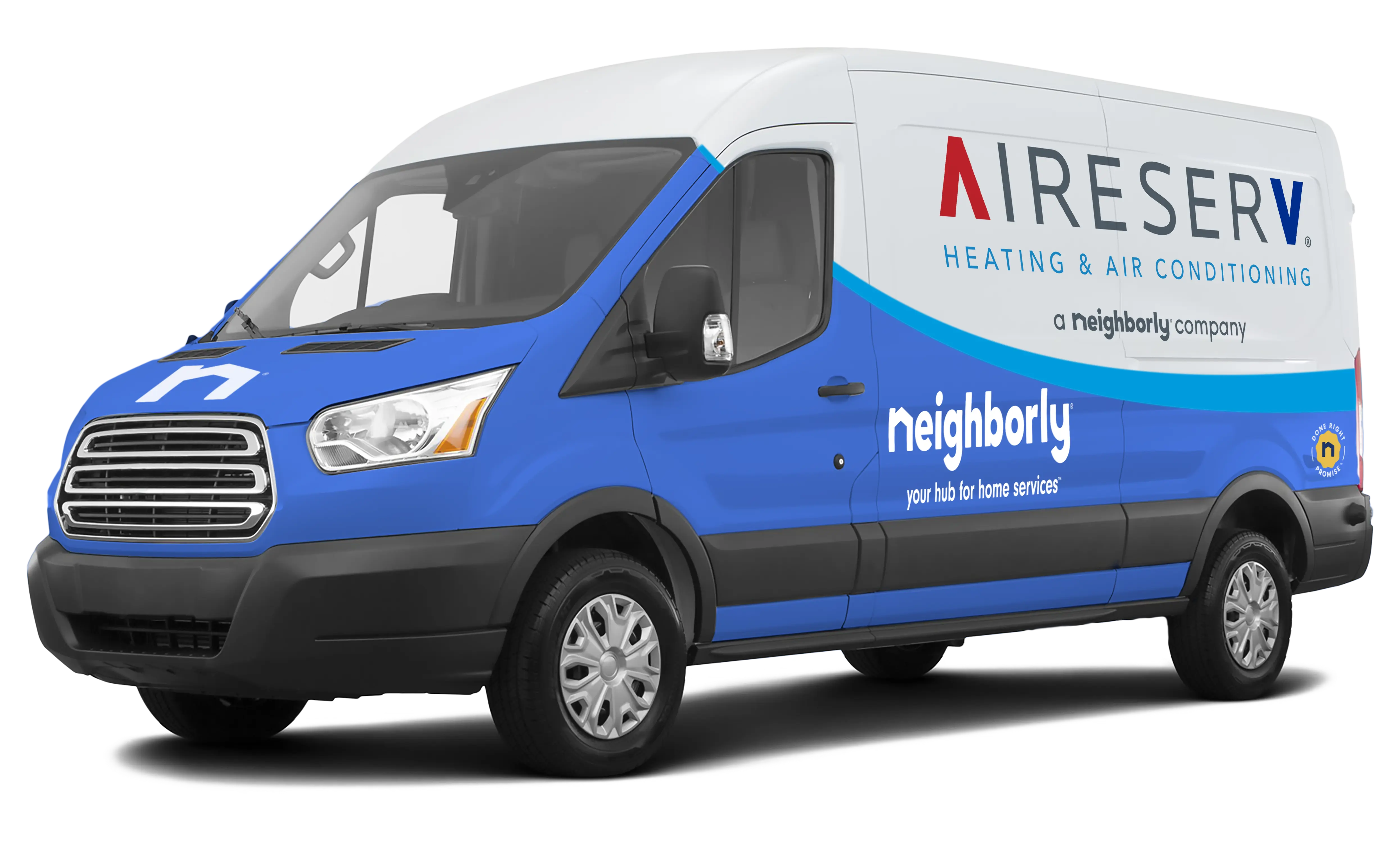Fall in Landenberg brings cooler temperatures, changing humidity, and fluctuating weather patterns. While your HVAC system transitions from cooling to heating, it can be prone to specific issues. Understanding these potential problems and taking preventative steps can save energy, avoid costly repairs, and maintain comfort throughout the season.
1. Dirty or Clogged Air Filters
One of the most common fall issues is neglected air filters. After months of summer use, filters may be dirty or clogged, which can:
- Reduce airflow and cooling/heating efficiency
- Increase energy bills
- Strain the system and lead to component wear
Prevention: Replace or clean air filters monthly during seasonal transitions to maintain performance and indoor air quality.
2. Thermostat Problems
Fluctuating temperatures can expose thermostat issues, such as:
- Inaccurate temperature readings
- Unresponsive controls
- Short cycling of the HVAC system
Prevention: Test your thermostat and consider upgrading to a programmable or smart thermostat for better control and energy savings.
3. Refrigerant or Heat Pump Issues
Heat pumps or AC systems still in use during early fall may experience:
- Low refrigerant levels
- Reduced cooling efficiency on warm days
- Overworking of the system
Prevention: Schedule a professional inspection to check refrigerant levels and ensure your system is ready for seasonal fluctuations.
4. Ductwork and Vent Problems
Fall debris and summer dust can cause duct and vent issues, including:
- Blockages that limit airflow
- Leaks that reduce heating or cooling efficiency
- Uneven room temperatures
Prevention: Inspect ductwork, vacuum vents, and seal leaks to optimize airflow and maintain comfort throughout your home.
5. Electrical Component Wear
As HVAC systems transition to heating, electrical components can show early signs of wear:
- Worn-out relays or capacitors
- Loose wiring connections
- Malfunctioning fans or motors
Prevention: Have a licensed technician inspect electrical components during seasonal maintenance to prevent system failure and costly repairs.
6. Managing Indoor Humidity
Fall weather can bring sudden drops in outdoor humidity, affecting indoor comfort:
- Dry air can cause discomfort and static electricity
- Excess moisture from rain or storms can affect heating efficiency
Prevention: Use a humidifier or dehumidifier as needed and seal gaps in windows or doors to maintain balanced indoor humidity.
Final Thoughts
Fall is a critical time to prepare your HVAC system for seasonal changes. By proactively addressing common issues such as dirty filters, thermostat problems, refrigerant concerns, ductwork inefficiencies, electrical component wear, and indoor humidity, homeowners in Landenberg can protect their system, reduce energy costs, and maintain consistent comfort.
Take action this October to prevent HVAC issues and enjoy a smooth, efficient transition into cooler weather.

